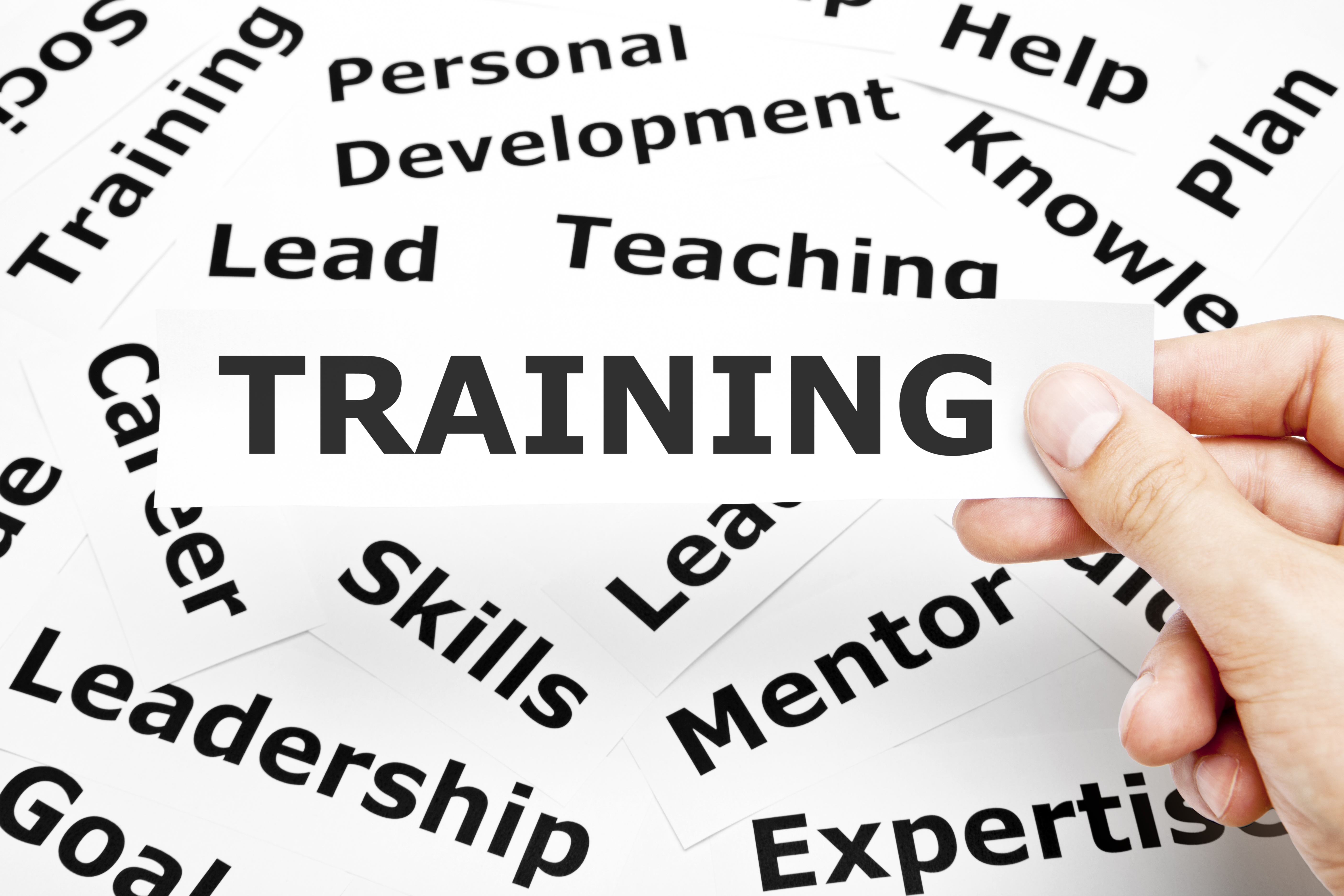Think about the last time you ventured out to buy yourself an electronic device, home appliance or vehicle … what were the key things you factored into your decision making process?
•Purpose
•Cost comparison
•Features
•And lastly, warranty or durability
In short, you would eventually seek out the option with the best quality and hope that in the long run you get your money’s worth, if not better.
Similarly, every organization treats its training department as an investment opportunity and wants to ensure that the trainings offered to its staff are the best quality, most up-to-date and effectively designed to ensure a high return on investment financially.
ROI (Return On Investment) is treated as one of the key factors in the most initial processes of training – the creation and design of training content material.
When designing training material, one of the models used is the ADDIE model. This is a framework that represents the guidelines for effective training and performance support tools.
These include:
•Analysis
•Design
•Development
•Implementation
•Evaluation
The most crucial level is to evaluate the effectiveness of the training design. With the evaluation results received, one is able to justifying the cost to the training budget, training methodology, and the use of time for the trainer and participants, which can be used as evidence for convincing stakeholders.
A positive or negative result on the ROI will automatically correlate to the assessment and structure of the training.
Return on investment is a very popular metric because of its versatility and simplicity. That is, if an investment does not have a positive ROI, or if there are other opportunities with a higher ROI, then the training should be not be undertaken and other options should be considered.
Normally, evaluators look for validity, accuracy and reliability in their evaluations. However, these goals may require more time, people and money than the organization has. Evaluators are also looking for evaluation approaches that are practical and relevant.
Training and development activities can be evaluated before, during and after the activities:
Before the Implementation Phase
This can be evaluated by applying the methods to highly skilled employees and noting if the methods have been successful. One can assess if the methods really result in the employee’s learning the knowledge and skills needed to perform the task or carry out the role.
During Implementation of Training
This can be evaluated with the use of short tests at the end of the training lecture to evaluate the employees overall understanding of a topic. Or with the use of evaluation sheets with an effective grading structure which covers evaluating the course, ambience, instructor effectiveness and have provision for comments. This will help gauge the level of effectiveness of the training and get feedback on what can be done to improve the effectiveness.
After Completion of the Training
This can be evaluated with the use of an assessment at the end of the training to assess the results of the course. To gain a better understanding, one can compare the results of this assessment with the one conducted at the start of the course and mark for changes or improvements in performance. This would in turn evaluate the effectiveness of the training.
In conclusion, it has become something of a cliché for senior management to claim that ‘people are our greatest asset’. Yet, much to the dismay of trainers, the effort they put in to developing this ‘human capital’ continues to be seen as an expense and not as an investment. It’s time to turn this around.
Start to analyse your training programmes as if they were capital investments – using techniques like ROI and senior management may start to change their attitude to training.
And this could not have come at a better time when there are so many exciting new developments in training such as online training, experiential training, the blended learning approach and many others.



